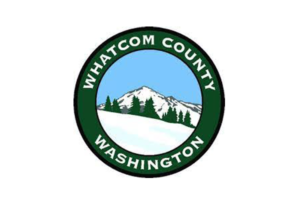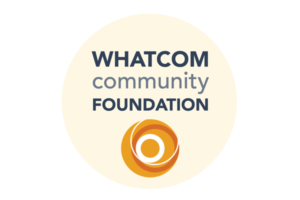A collaboration between RG Foods, Food on the Move, FreshRx, the Tulsa Farmers’ Market, and Oasis Fresh Market identified that supply chain challenges present significant obstacles for small grocery stores and food outlets in and around Tulsa County, Oklahoma. These challenges mainly revolve around meeting the minimums of traditional food distributors and purchasing products from local farmers. RG Foods, a Tulsa County Food Plan committee partner, spearheaded a feasibility study for forming a food hub cooperative to meet these needs and enhance the local food system.
The Opportunity
The project partners expressed a shared vision for a jointly owned and operated warehouse to enable group purchasing, coordinated warehousing, and distribution among its members. Such a facility would also allow coordinated deliveries and backhauls with non-member food access organizations that are part of the regional food system stretching from Oklahoma City through Muskogee to northwest Arkansas.
Partnering with New Venture Advisors
In late 2022, the project team began working with New Venture Advisors to conduct this feasibility study. The partners tasked New Venture Advisors with evaluating the potential of a food hub and cooperative buying group and designing a facility to meet the needs of its future members and the stakeholders they serve.
The project began with interviews with key stakeholders, including partner organizations, buyers, food access organizations, farmers, producers, and distributors. The interviews confirmed that the project’s goals reflect regional needs, identified partnerships for further development, and provided insight into the operating model design. Additionally, two surveys gathered input from potential food hub suppliers and buyers on the types of products and services desired from a food hub.
Research findings indicated demand for a cooperative buying model to enable partners to access lower pricing through order consolidation and aggregation, distribution support through coordinated logistics and trucking, and hub infrastructure with storage, aggregation, and processing spaces.
The partners determined that a network model combining all three elements would be developed over two phases in order to take advantage of existing infrastructure and prioritize the distribution and cooperative buying aspects for immediate implementation. This phased network model would also support the development costs for more extensive food hub infrastructure while slowly building demand. To support this approach, New Venture Advisors built an operational and financial model and a schematic design of the facility.
Moving Forward
The feasibility study identified a viable approach for a phased network model that could provide a long-term, sustainable asset to the region and meet the project goals. Following the feasibility study, the project team continues collaborating to refine their roles, confirm existing assets, and seek funding to support the cooperative food hub.
Image by New Venture Advisors, courtesy of RG Foods



